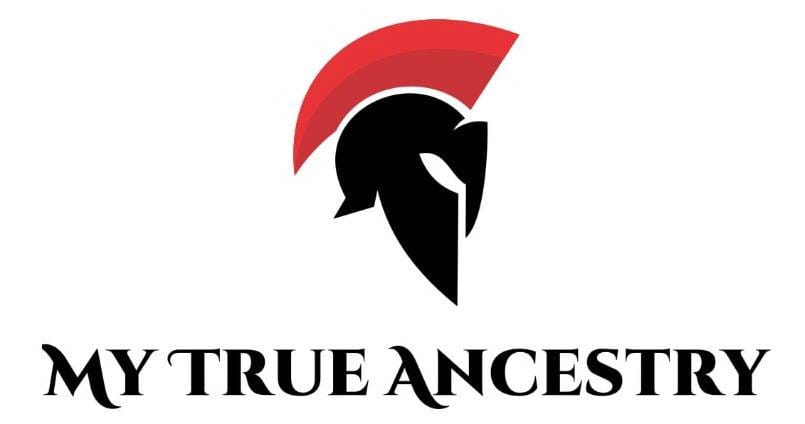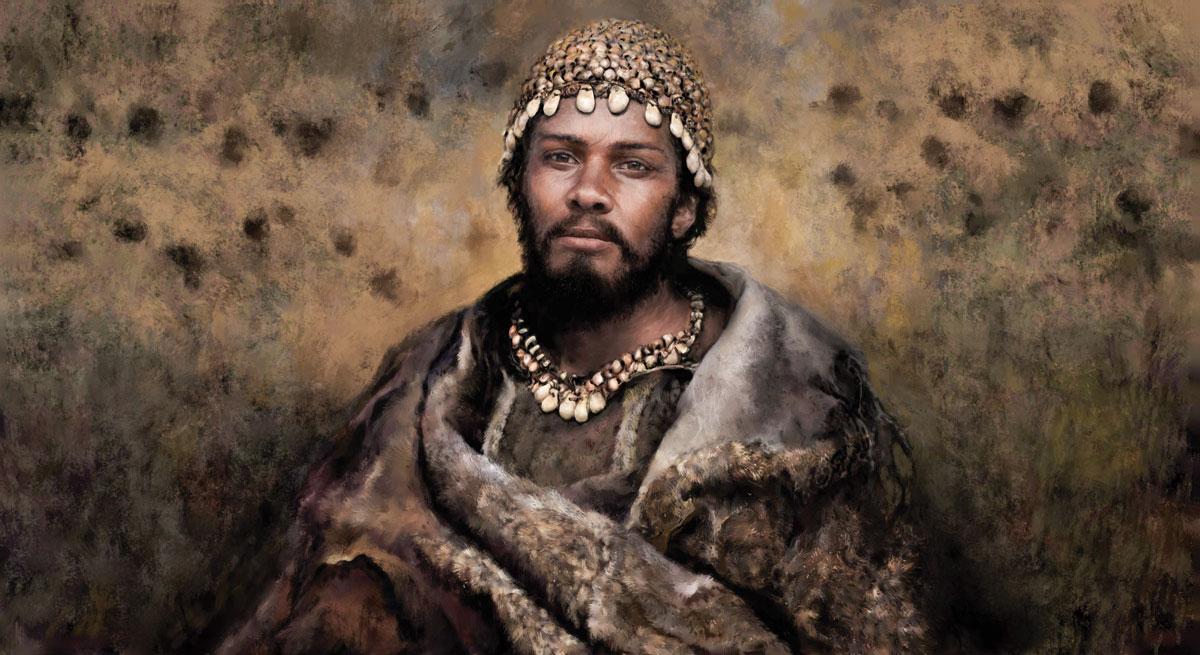Gravettian Cultural Dynamics: A Journey Through Time




Imagine walking through a landscape over 30,000 years ago in what is now Western Europe, and encountering cultures with evocative art and innovative tools. This is the world of the Gravettian period, a time when humans were beginning to express themselves in novel ways and when gene flow was reshaping populations across the continent. The fascinating field of palaeogenomics is providing a window into the movements and mingling of ancient human populations like never before, offering unprecedented insights into our prehistoric ancestors.
Fascinating remains have been unearthed from sites like the Chufín and Isturitz caves in the Franco-Cantabrian region, as well as from Ostuni in Italy and El Mirón Cave in Cantabria. These sites offer glimpses into the lives of ancient European populations, whose interactions and migrations left a bio-archaeological trail just waiting to be reconstructed. The Gravettian period, between 34,000 and 25,000 years ago, has long been a focal point of Palaeolithic archaeology, revealing exciting connections between Eastern and Western European populations.
The site at Isturitz, in particular, is recognized as a "super site," where thrilling artifacts such as intricate portable art and structured living areas suggest a hub of human activity. Perhaps these gatherings served as grand meeting places for socializing, exchanging ideas, and even finding mates. This site contains abundant portable artworks, structured living spaces with numerous hearths, and evidence of repeated human activity, reinforcing its role in facilitating socialization, trade, and possibly genetic exchange.
Many of the peoples we study — Celts, Greeks, Scythians, or Etruscans — live on not only in culture, but in the traces of their DNA. Seeing where your genome intersects with theirs can make history feel surprisingly close. You can explore this at www.mytrueancestry.com.
Among those whose remnants have been studied, several individuals provide insightful stories through their DNA. A tooth from Chufín Cave, a long bone from Isturitz, and a fetal tibia from Ostuni tell us tales not just of ancestry and admixture but also of how interconnected these communities were, akin to a prehistoric crossroad. The discovery of genome-wide data from these Gravettian individuals has painted a tapestry of genetic diversity and interaction, unveiling gene flow from distant Eastern European regions.
The fetal tibia from Ostuni Cave, dating around 27,000 years ago, provides vital evidence of an ancient individual known as Ostuni1b. From this tiny relic, scientists have pieced together stories that span thousands of kilometers, from Russia to Western Europe. The mitochondrial haplogroups discovered, including the rare U8 and M lineages, speak of populations once thriving in Europe, tying ancient peoples to their modern descendants through an intricate tapestry of ancestry and migration.
Confronted by the scarcity of direct human remains, researchers turned to an innovative approach—ancient sedimentary DNA, often referred to as sedaDNA. By scouring sediment layers for traces of ancient human life, researchers could piece together intricate details of past populations. This method proved groundbreaking, revealing previously hidden genetic flows across the prehistoric landscape.
At El Mirón Cave, sedimentary DNA from the Solutrean layer, dating to around 22,000 years ago, uncovered over 16,000 human genetic markers. The results demonstrated profound genetic continuity, suggesting the site's long-standing significance during the Upper Paleolithic. When bones are scarce, sediments tell a remarkable story, enriching our understanding of human history through layers of soil once trodden by ancient hunters and artisans.
Genetic studies have transformed our picture of Gravettian populations, revealing gene flow between Eastern and Western Europe and challenging previous notions of genetic isolation. The DNA from individuals buried at sites like Sungir in Russia reveals unexpected ties to those living thousands of kilometers west, rewriting human ancestral journeys in bold strokes of migration and interaction. Such findings challenge established theories of genetic continuity and highlight the fluidity of human populations long before our documented history.
The patterns observed in genetic clusters, named Fournol and Věstonice, provide a framework for understanding the dynamics of cultural exchanges and population movement, anchoring these ancient genes in time and space. In an evolutionary dance, these two genetic clusters reveal rare minglings and momentous migrations. Isturitz, for instance, showcases genetic influences from both Gravettian clusters—a testimony to the prehistoric wanderlust that shaped Europe's genetic landscape.
The Gravettian culture is notable for its remarkable burial practices, often accompanied by intricate portable artworks. One of the most fascinating aspects of these archaeological sites is the grave goods, which include the famous "Venus" figurines. Despite their scarcity, these artifacts provide a window into the artistic and symbolic world of ancient Europeans, connecting their spiritual and daily lives. The Upper Palaeolithic period, stretching back 45,000 years, was marked by the first settlements of modern humans in Europe and characterized by unique archaeological finds and skillfully crafted tools.
The prehistoric residents of these caves were not isolated figures. Cross-pollination of genes and culture likely resulted from long-distance interactions and migrations of different Gravettian groups—creating a beautiful patchwork of human history. Such sites likely served as bustling centers for trade, social gatherings, and artistic expression, representing convergence points for human groups across vast regions of prehistoric Europe.
The study showcased the power and potential of modern genetic technologies, blending traditional archaeological inquiry with cutting-edge genetic analysis. The extraction of DNA from mere sediments opens new horizons for archaeology and enhances our understanding of human history, painting a vivid picture of our distant ancestors. Equipped with DNA capture technology, research teams have uncovered new genetic narratives that transcend mere stone and bone artifacts.
Focusing on the millennia preceding and following the Last Glacial Maximum, palaeogenomic advances offer not just panoramas of past populations but carefully crafted snapshots of individuals who lived, loved, and survived in a changing world. As new technologies continue to unravel the mysteries of our prehistoric ancestors, sites like El Mirón, Isturitz, Chufín, and Ostuni remain vital in piecing together the movements, interactions, and lives of early humans who roamed Western Europe.
As the findings reveal intricate genetic tapestries that weave together disparate human groups, these archaeological and genetic ventures invite us all to rediscover and celebrate our shared origins in the intricate dance of human evolution. The research demonstrates how modern techniques can unearth layers of humanity once thought lost to time, transforming our understanding of the complex social networks and cultural exchanges that defined prehistoric European societies.
https://www.biorxiv.org/content/10.1101/2025.09.26.678744v1
Discover how your DNA connects to ancient civilizations at www.mytrueancestry.com.
Comments